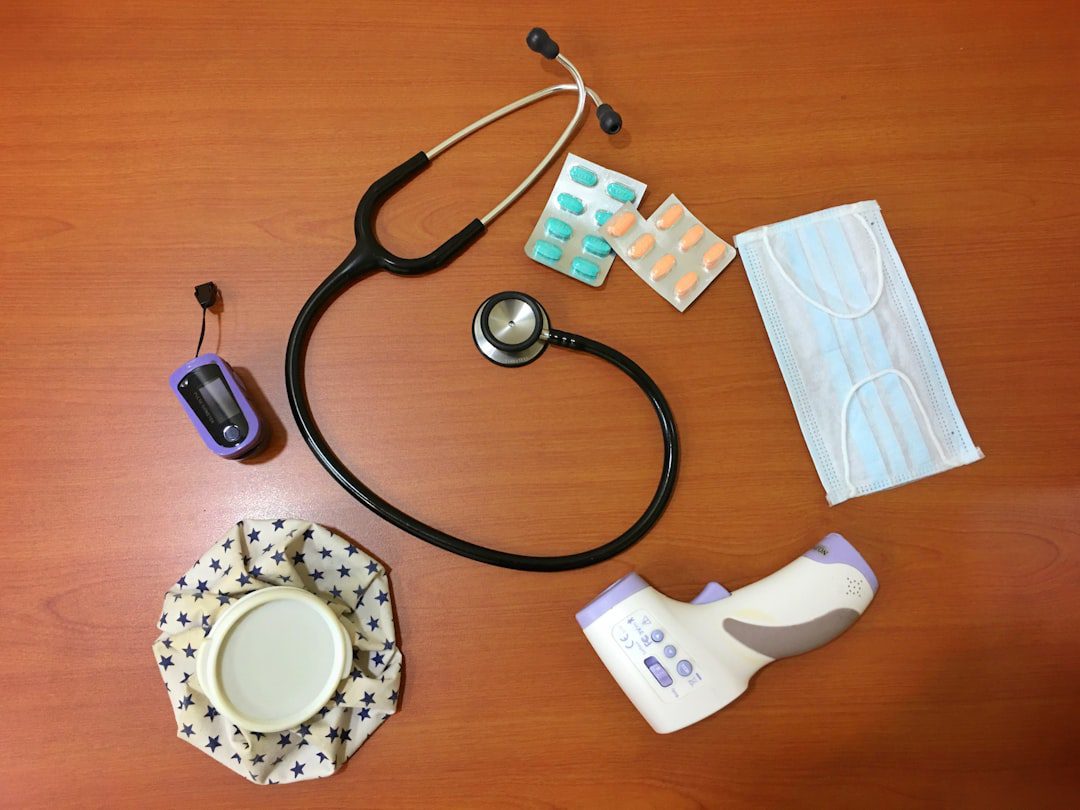
Understanding the FDA’s Early Alert System
The FDA recently issued an early alert regarding microbore extension sets from B. Braun Medical Inc., marking a significant shift in how the agency communicates potential medical device safety issues to healthcare providers and manufacturers. This alert is part of the FDA’s Communications Pilot to Enhance the Medical Device Recall Program, representing a proactive approach to device safety management.
What Happened with the B. Braun Microbore Extension Sets
B. Braun Medical Inc. has identified issues with their microbore extension sets that could potentially impact patient safety. While specific technical details are still emerging, the FDA’s decision to issue an early alert indicates the severity of the potential risk and the need for immediate awareness within the healthcare community.
Microbore extension sets are critical components in IV therapy systems, designed to extend IV tubing while maintaining precise fluid delivery. Any compromise in their integrity or functionality can directly impact patient care, making rapid communication essential.
The Significance of FDA’s Enhanced Communication Strategy
This early alert represents a fundamental shift in the FDA’s recall communication approach. Traditional recall processes often involve lengthy investigations before public notification. The new pilot program aims to:
- Provide faster notification to healthcare providers and patients
- Enable quicker risk mitigation actions
- Improve transparency in the recall process
- Reduce potential patient harm through earlier intervention
For medical device manufacturers, this enhanced communication strategy signals the FDA’s commitment to more aggressive safety oversight and faster public disclosure of potential issues.
Implications for Medical Device Manufacturers
The introduction of early alerts has several critical implications for the medical device industry:
Accelerated Response Timelines
Manufacturers can expect faster public disclosure of safety issues, requiring more rapid internal response capabilities and enhanced crisis communication strategies. Companies must be prepared to act decisively when potential safety concerns are identified.
Enhanced Post-Market Surveillance
The early alert system emphasizes the importance of robust post-market surveillance programs. Manufacturers should strengthen their adverse event monitoring and trending analysis to identify potential issues before they escalate to recall-level events.
Supply Chain and Quality Management
This case underscores the critical importance of comprehensive quality management systems throughout the product lifecycle, from design controls through manufacturing and distribution.
Compliance Action Items for Manufacturers
To stay ahead of potential issues and comply with evolving FDA expectations, medical device manufacturers should take the following actions:
Immediate Actions
- Review similar products: If you manufacture IV extension sets or similar fluid delivery components, conduct immediate risk assessments
- Update monitoring systems: Enhance post-market surveillance capabilities to detect potential issues more quickly
- Strengthen supplier oversight: Review supplier quality agreements and incoming inspection procedures
Long-term Strategic Improvements
- Crisis communication planning: Develop robust communication strategies for rapid response to safety issues
- Quality system enhancement: Implement more sophisticated statistical process controls and trend analysis
- Regulatory intelligence: Monitor the FDA’s Communications Pilot program for additional changes and requirements
Regulatory Context and Future Expectations
The FDA’s Communications Pilot represents part of broader efforts to modernize medical device oversight under the Medical Device User Fee Amendments (MDUFA). This initiative aligns with the agency’s commitment to leveraging real-world evidence and enhancing patient safety through improved communication.
Manufacturers should expect continued evolution in recall communication processes, potentially including expanded use of early alerts, enhanced digital communication platforms, and more frequent safety updates.
Conclusion
The B. Braun microbore extension set early alert demonstrates the FDA’s evolving approach to medical device safety communication. For manufacturers, this represents both a challenge and an opportunity to demonstrate proactive safety management and regulatory compliance.
Success in this new environment requires enhanced post-market surveillance capabilities, faster internal response systems, and stronger quality management throughout the product lifecycle. Companies that adapt quickly to these enhanced communication expectations will be better positioned for long-term regulatory success and patient safety outcomes.


No comments yet. Be the first to comment!